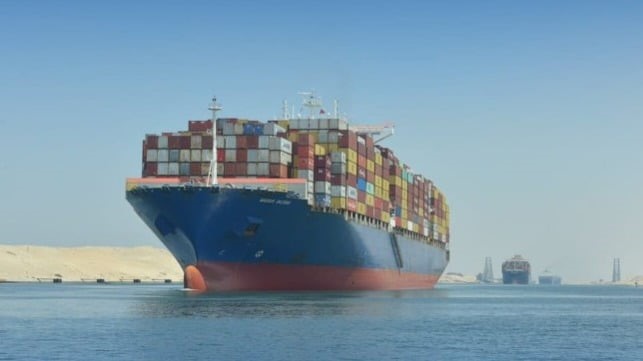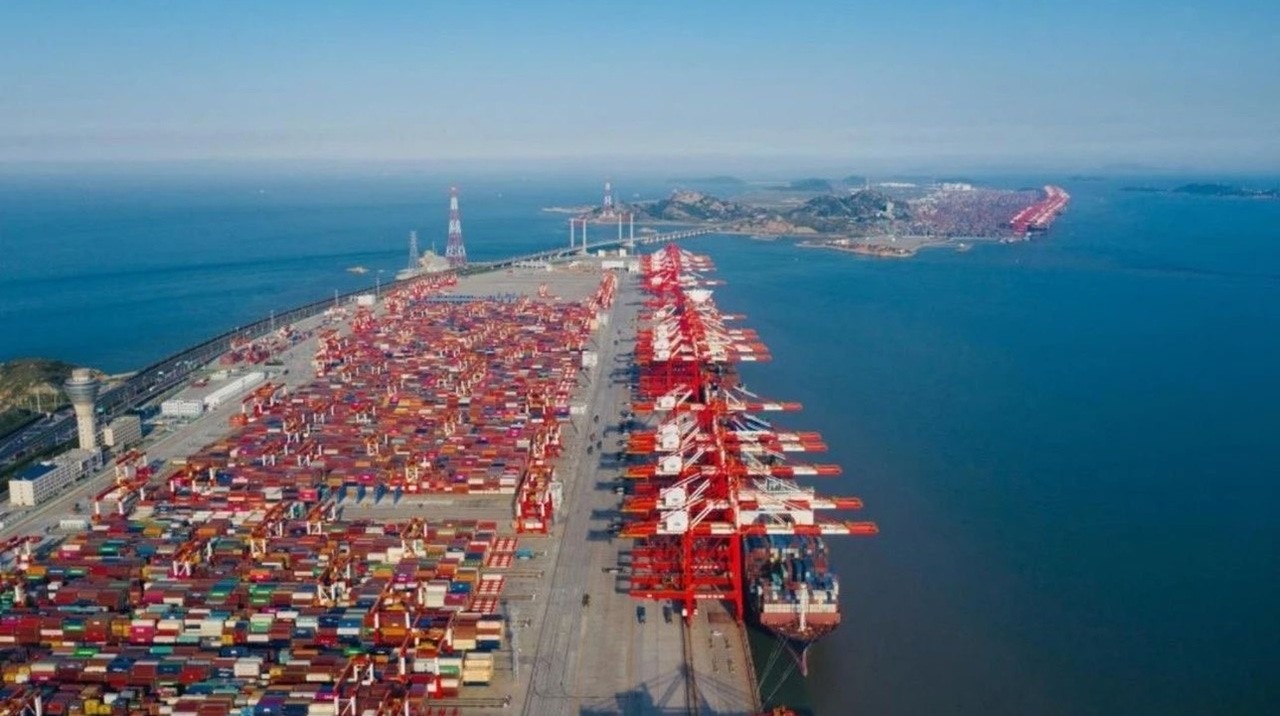
Trump Demands Free Passage For US Ships Through The Panama And Suez Canals, Citing America’s Historic Role
Trump Advocates for Free U.S. Access to Key Shipping Lanes
President Donald Trump is advocating for unrestricted U.S. access to two of the world’s most crucial shipping routes, potentially saving American companies hundreds of millions of dollars annually. In a post on Truth Social, he stated, “American ships, both military and commercial, should be allowed to travel free of charge through the Panama and Suez Canals! Those canals would not exist without the United States of America.”
Trump has tasked Secretary of State Marco Rubio with addressing this issue promptly.
The Panama Canal alone accommodates approximately 14,000 transits each year, generating around $3.3 billion in toll revenues in fiscal year 2023, with U.S. vessels accounting for about 70% of total traffic, according to the U.S. Department of Transportation. Major American shipping companies, including Maersk (U.S. branch) and MSC, are among the canal’s top customers.
Crossing the Panama Canal typically costs between $200,000 and $450,000 for commercial vessels, depending on size and cargo, with tolls for liquefied natural gas carriers exceeding $500,000 in some cases. The Suez Canal charges similar fees, reporting a record $9.4 billion in revenues in 2023, bolstered by U.S. and European shipping amid disruptions in the Red Sea.
In early 2025, following a series of Houthi drone and missile strikes on Red Sea shipping lanes, Trump authorized military operations targeting Houthi missile sites and drone launch platforms in northern Yemen. U.S. air and naval forces have conducted numerous precision strikes aimed at restoring freedom of navigation for commercial vessels heading to the Suez Canal, framing these actions as part of a broader strategy to counter Iranian influence in the region.
In Central America, Trump’s push for unrestricted passage aligns with efforts to strengthen security around the Panama Canal against Chinese encroachment. On April 9, Defense Secretary Pete Hegseth announced an expanded U.S.-Panama partnership to secure the canal, including a memorandum of understanding that allows U.S. warships to navigate “first and free” through the waterway. Hegseth emphasized the importance of U.S. involvement, stating, “The Panama Canal is key terrain that must be secured by Panama, with America, and not China.”
The Panama Canal significantly shortens the shipping route between the U.S. East Coast and Asia by nearly 8,000 miles, with about 40% of all U.S. container traffic passing through it annually, according to the U.S. Maritime Administration. Historically, the U.S. built and controlled the canal after a monumental construction effort led by President Theodore Roosevelt in the early 20th century, securing rights through the Hay-Bunau-Varilla Treaty following Panama’s independence.
Although U.S. control ended in 1999 under the Torrijos-Carter Treaties, the canal remains vital for American trade. Trump’s proposal could deliver significant financial benefits to U.S. companies, especially in the energy, agriculture, and manufacturing sectors that rely on maritime trade.
It remains uncertain how Secretary of State Marco Rubio will respond to Trump’s directive, whether through diplomacy, economic pressure, or future agreements with Panama and Egypt.


